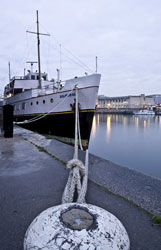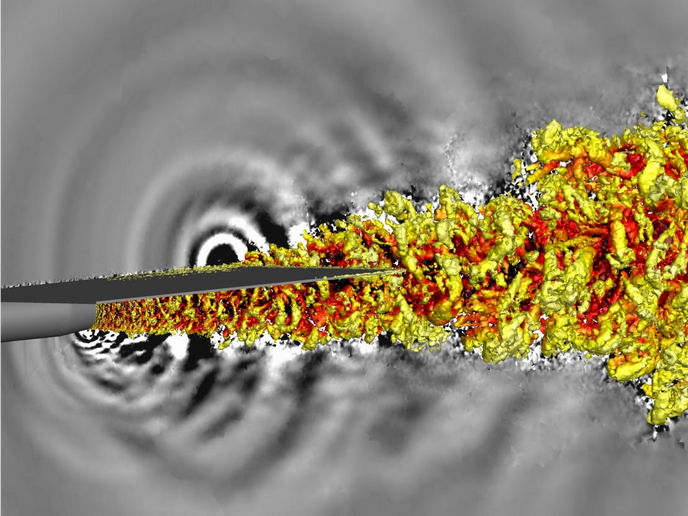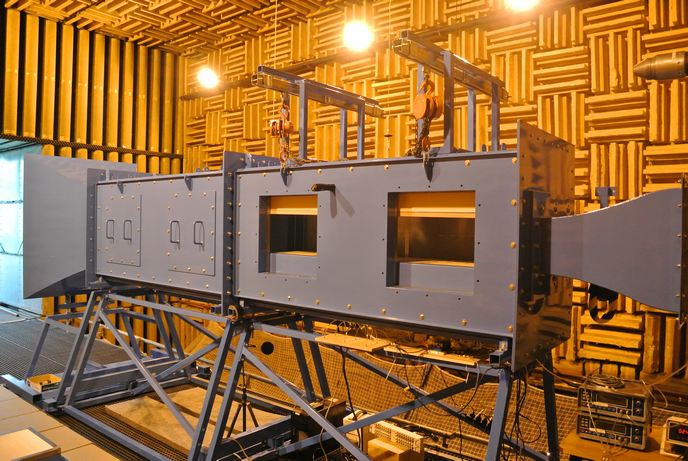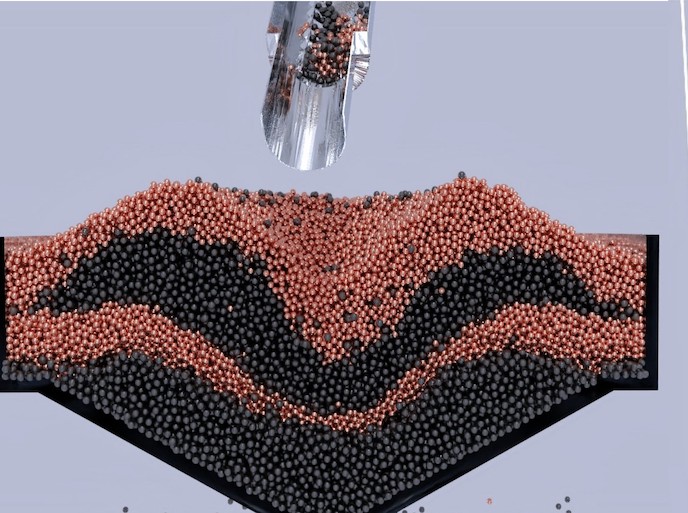Numerical investigations of modern vessel designs
Among the remaining challenges in modern vessel design is the long computing times needed for numerical simulations of flows around the vessel's hull at full scale. Only recently have predictions of viscous flows at model-scale Reynolds numbers been made possible by means of increased parallel computing capacities. The European project EFFORT made significant contributions to the refinement and validation of Computational Fluid Dynamics (CFD) tools for simulating the flow around real ships. Focusing on the applicability of Reynolds-averaged Navier-Stokes (RANS) methods to viscous flow computations, project partners from Poland provided measurements of different flow parameters and collected existing data. Scale effects and differences in the accuracy of available CFD codes were estimated in order to increase confidence in their prediction capabilities. For this purpose, model tests conducted at the Ship Design and Research Centre were supplemented with full-scale flow measurements around existing vessels. For velocity measurements needed to investigate the hull wake, a 3D Particle Image Velocimetry technique that does not interfere with the field structure was deployed, in addition to Laser Doppler Velocimetry. Furthermore, resistance and powering performance, dominant criteria for the hull design, were evaluated by means of traditional self-propulsion and nominal wake tests. Experimental data from several vessels accumulated at the Hamburg Ship Model Basin, along with flow measurements of the corresponding models, were added to the database delivered to all project partners. Comparisons between measured and simulated results for all these case studies will provide for the first time a real indication of the prediction capabilities of RANS methods used for practical simulations.






